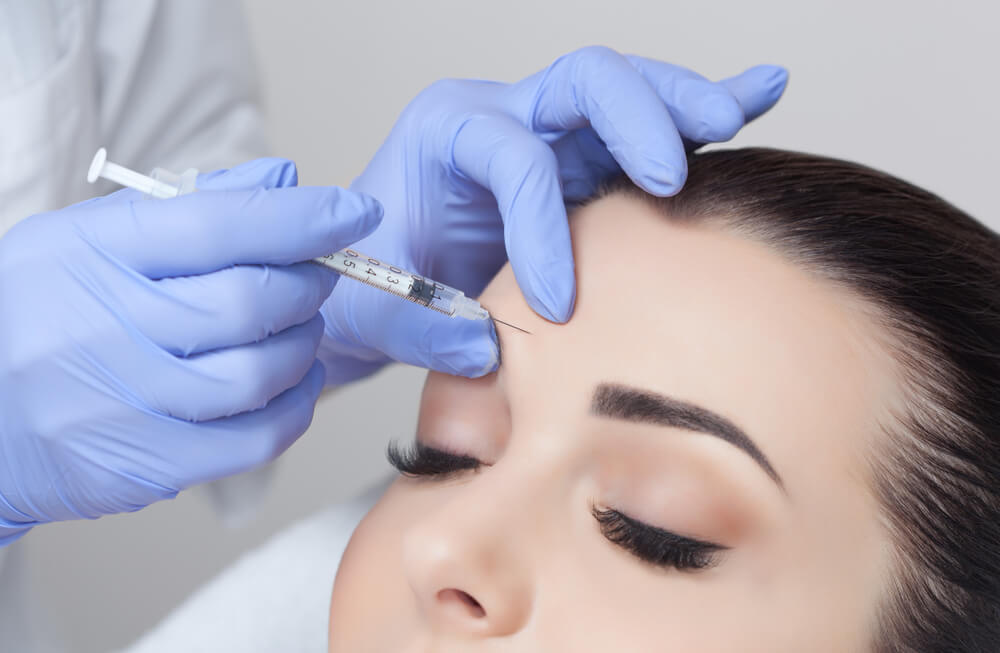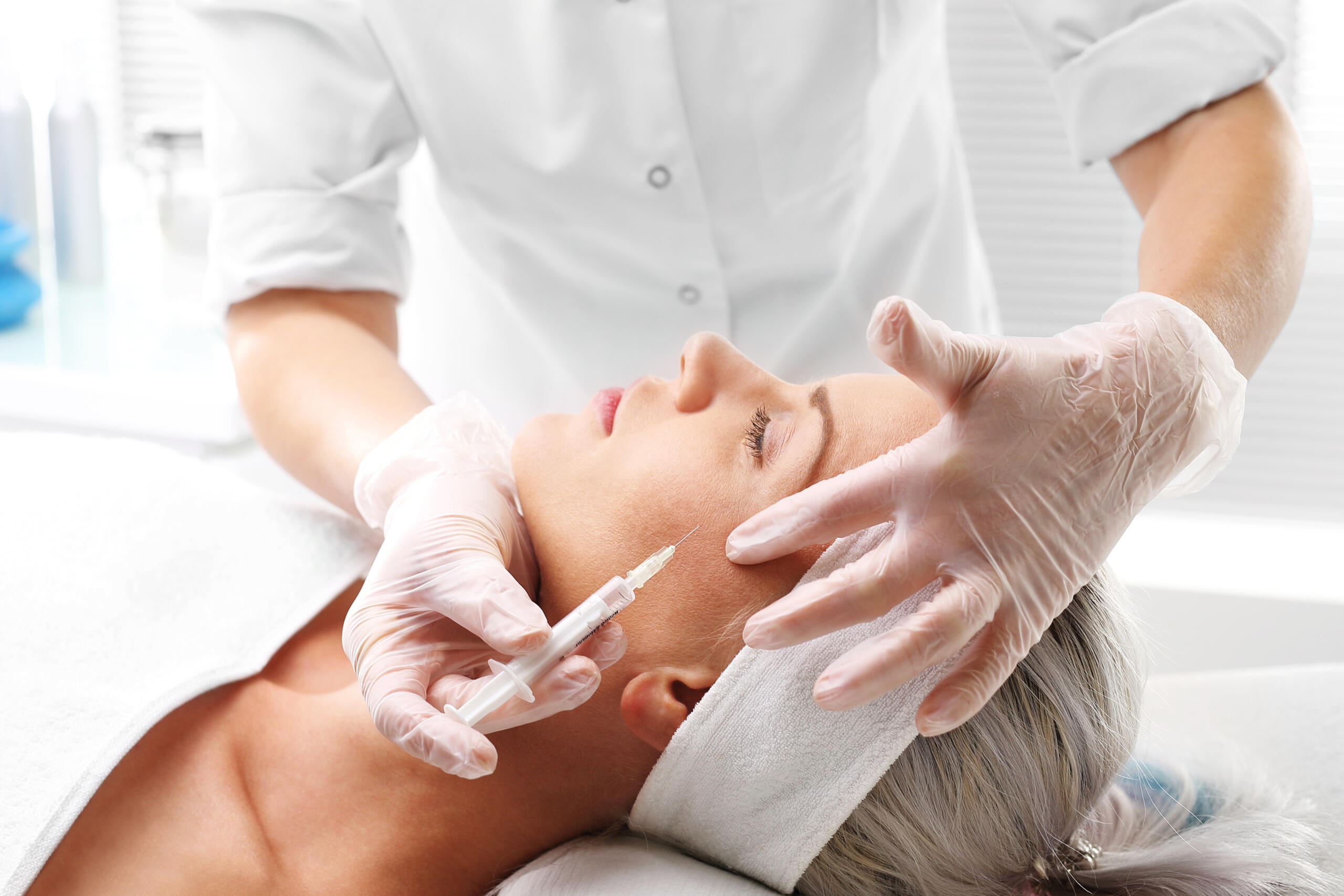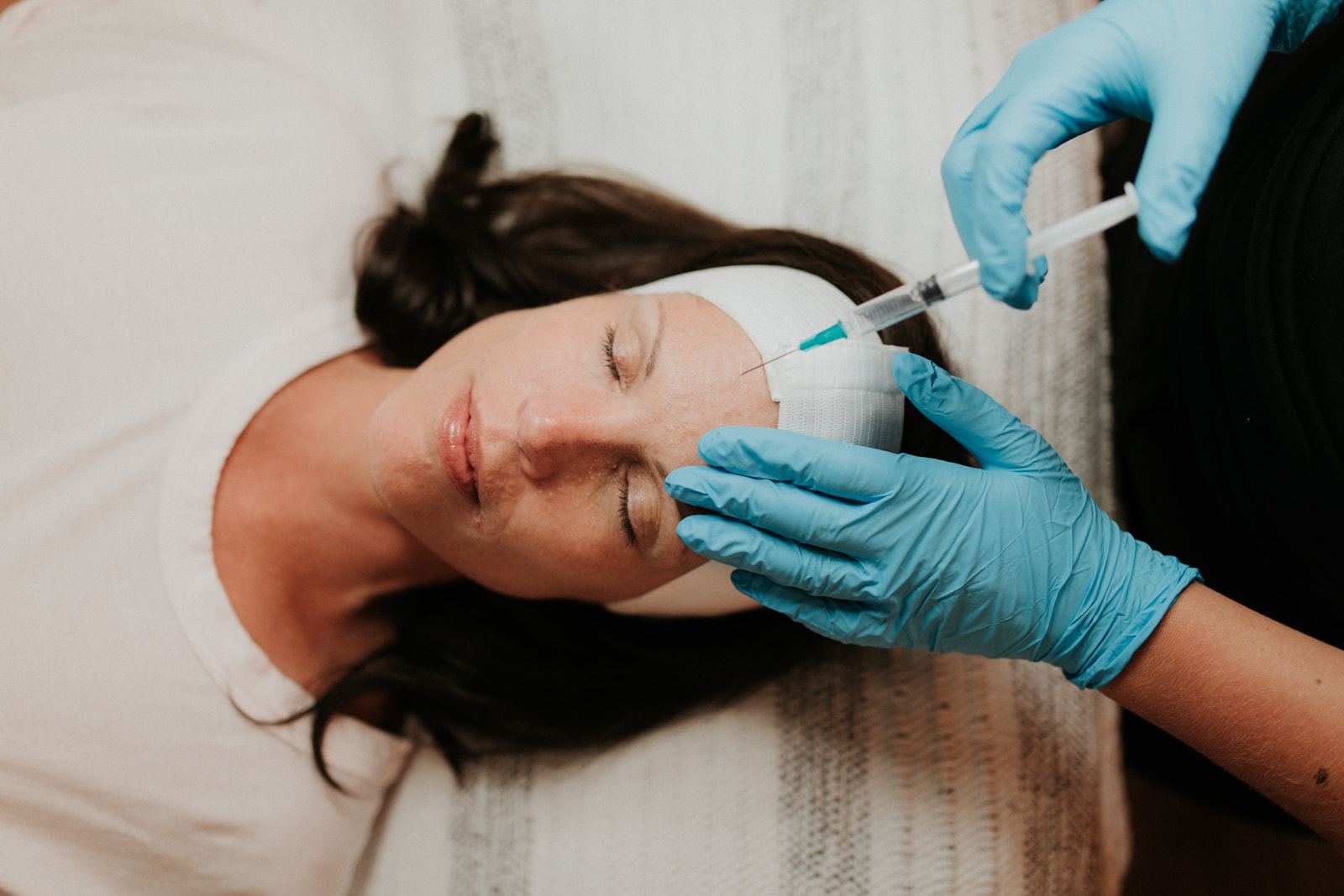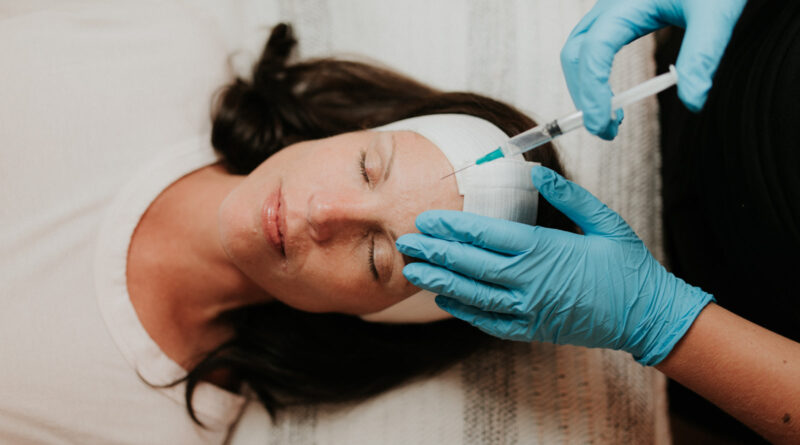In the contemporary field of cosmetic enhancements, non-surgical interventions like cosmetic injecting have surged in popularity. These minimally invasive treatments offer noticeable aesthetic improvements with less risk and downtime than traditional surgery. Professionals need specialized skills, best acquired through a comprehensive cosmetic injecting course, to meet the increasing demand for these services.
This course, often viewed as a gateway to a rewarding career in aesthetics, has a curriculum as varied and intricate as the human face it seeks to beautify. In this overview, we shall navigate through the major components of a cosmetic injecting course, illuminating the robust blend of theoretical instruction and practical training that marks this professional pathway. Whether it’s understanding the nuance of facial anatomy, the specifics of various injectable substances, or the importance of patient interaction, we’ll explore how this course shapes aspiring cosmetic injectors into proficient professionals.
Basic Anatomy and Physiology

source: pinterest.com
Every cosmetic injecting course begins with a comprehensive introduction to basic anatomy and physiology, focusing particularly on facial structures. Understanding the complexity of facial muscles, nerves, and vasculature is crucial before students can safely perform injection procedures.
Understanding Cosmetic Injectables
Courses cover the types of substances commonly used in cosmetic injecting, like Botulinum toxin (known as Botox) and dermal fillers. This course section provides essential knowledge on how these substances work, their uses, potential side effects, and how to manage complications.
Consultation Skills and Patient Assessment

source: pinterest.com
Effective patient consultation is integral to the role of a cosmetic injector. Courses often include modules on conducting a detailed patient assessment, understanding patient expectations, and effective communication skills. This training also includes ethical considerations, consent protocols, and maintaining patient privacy.
Practical Hands-On Training
No cosmetic injecting course is complete without a significant focus on hands-on training. Under the supervision of experienced trainers, students can practice injecting techniques on mannequins or live models. This practical experience builds confidence and proficiency, allowing trainees to refine their skills in a safe environment.
Continuing Education and Certification

source: pinterest.com
The cosmetic industry is ever-evolving, constantly introducing new techniques and products. Therefore, continuing education is an essential part of being a cosmetic injector. Many courses prepare students for initial certification and provide opportunities for advanced training and professional development.
Conclusion
Ultimately, a cosmetic injecting course offers a robust blend of theory and practical skills. It lays a solid foundation for understanding facial anatomy, comprehending the specifics of injectable substances, and fostering patient consultation skills. Its emphasis on hands-on training also equips students with the confidence and competence required to deliver these increasingly sought-after treatments.
But the learning doesn’t stop at the end of the course. In this rapidly evolving field, ongoing professional development and staying abreast of the latest trends and techniques are crucial. A good course should provide a strong foundation and inspire a lifelong pursuit of learning. So, if you’re eager to dive into the rewarding field of cosmetic injecting, a comprehensive course could be your launchpad. With every module completed and every skill mastered, you come one step closer to positively impacting individuals seeking to enhance their aesthetics and, by extension, their self-confidence.




